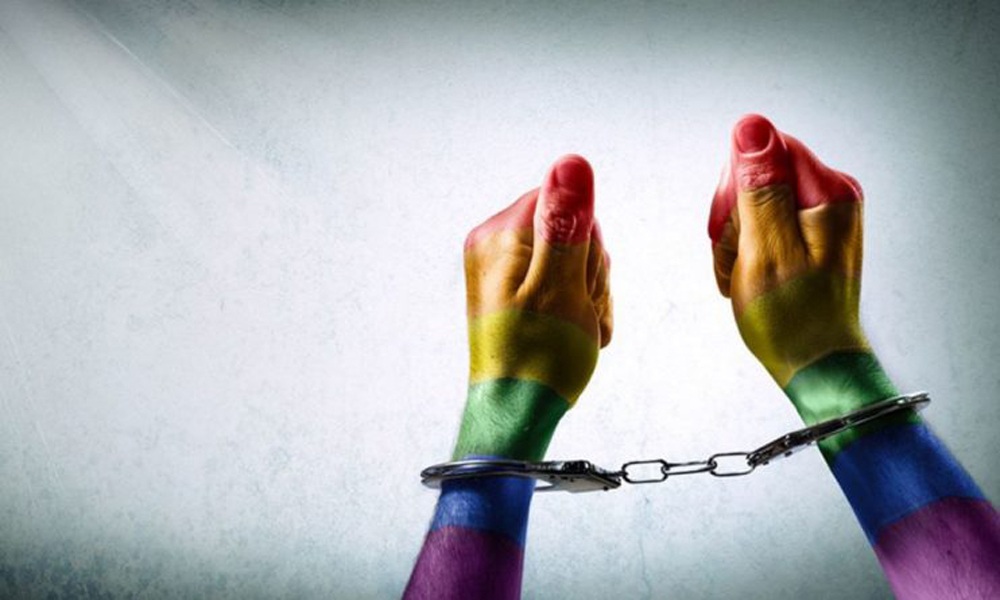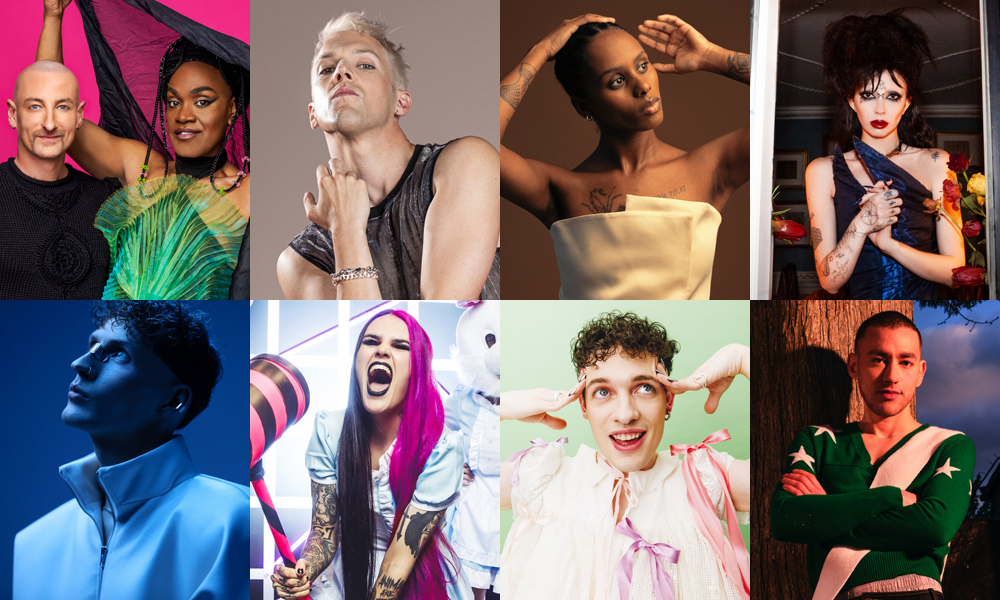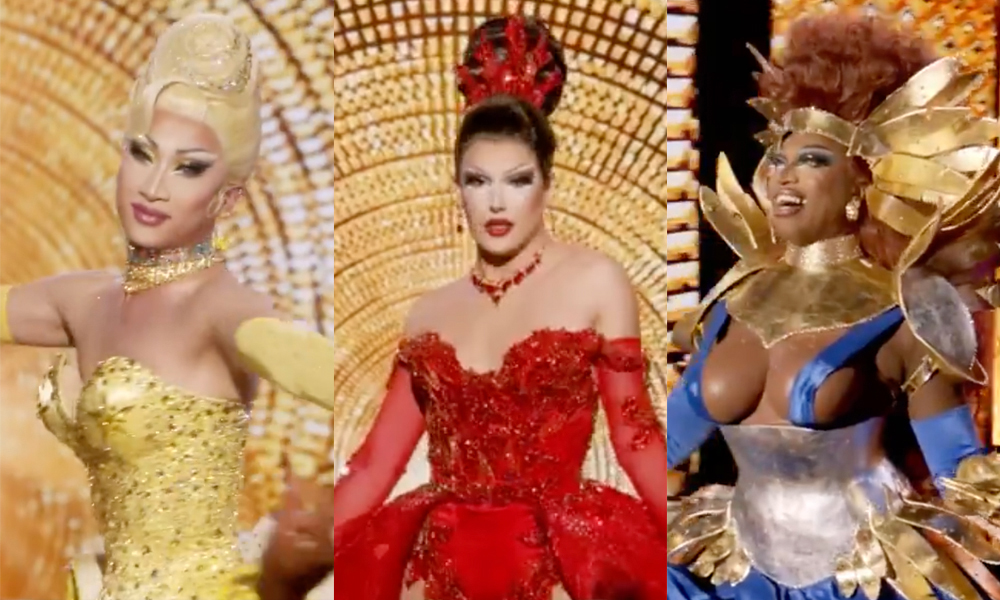The stigma associated with the LGBTQ+ community is multifaceted…
By Olivia Nuamah
The criminal justice system struggles with sexual and gender identity and has become bound by obsolete ideas of masculinity masked as a cultural norm. Both the criminal and juvenile justice systems have stuck so rigidly to the pseudo-science of heteronormativity that they have become unable to grapple with the real reasons people commit violent crimes, especially towards or by the LGBTQ+ community.
“Homosexuality and gender nonconformity have been viewed through a lens of deviance since the inception of modern criminology,” Jordan Blair Woods wrote in 2015’s Journal of Homosexuality. “Cultural, political and social transformations may have caused the lens of deviance to change focus over time, but this lens has continuously shaped the treatment of LGBTQ people in criminological theories and research.”
I was going to write an opinion piece about lifelong violent offenders, with a particular focus on LGBTQ+ hate crimes committed by young people. This article intended to explore the internalized homophobia that young people who have suffered severe childhood traumas experience due to their sexual and gender identity. Of particular interest were young people who engaged in brutal acts of violence towards the LGBTQ+ community, who were queer themselves. The theory is that internalized homophobia drove their acts of rage and excessive violence towards the community, and that their violence was simply the outward manifestation of their rejection from both the straight and queer worlds.
The more background reading I did, however, the more disconcerted I became. Theorists pathologized the relationship between LGBTQ+ communities and crime; they othered queerness too. The predominant theory was that internalized homophobia accounted for acts of violence by young people, especially those convicted of extreme violence against LGBTQ+ communities, especially if they revealed that they themselves were LGBTQ+. But why couldn’t they just be violent and also be LGBTQ+? If they were community members (and closeted), was it only internalized homophobia that explained their behaviour?
In my research, I never found any attempt to question the boundaries imposed by the heteronormative cultural definitions of masculinity, sexuality and gender in the criminal justice system. Crime studies never confront the normative ways in which cultural definitions of masculinity underpin both the investigative process and the outcomes of violent crimes. Worse still, most conclusions were biased, skewed towards masochistic notions of ‘male’ and ‘female’ and the cultural characterizations which we are all forced to live by (or consistently negotiate with). Still, to be a part of this community meant being treated as deviant, even if ‘good’ deviant.
The relationship between perpetrators of violent crime, and sexual and gender identity, is ignored because of the assumption that LGBTQ+ communities don’t commit violent crime. When they do, the traumatic effects of a queer identity are seen as being wholly or partly to blame. Initially, this felt like faint praise, but upon further examination it is clearly having a harmful impact, robbing the community of its humanity and the ability to be both good and bad. The men and boys of this community are seen to be too ‘effeminate’ and ‘weak’ to be meaningfully violent. The stigma associated with the LGBTQ+ community is multifaceted: always the victim, never the perpetrator. Those who have dealt with the criminal justice system as victims of domestic violence in a same-sex (or queer) relationship would know this experience intimately.
Theomission of LGBTQ+ populations from mainstream theories of crime and delinquency has facilitated a lack of knowledge about how sexual and gender identity might relate to the causes of crime and the LGBTQ+ community’s experiences with Western criminal justice systems. Baseless stereotypes and social biases have shaped definitions of ‘criminal behaviour’ and ‘criminal populations,’ obstructing any service’s ability to protect this community in the ways it should.
Dire consequences of this misunderstanding
The inability of criminal justice to engage with nuanced explanations of the causes and effects of crime, allied with its heavy emphasis on sexual and gender norms, has had dire consequences for both the criminal and juvenile justice systems as they relate to the LGBTQ+ community. The current system cannot support both the victims and offenders of violent crime inside and outside of the LGBTQ+ community.
Laura Fishman was one of the first researchers to examine lesbian relationships among female gang members. Her account of the 1960s Vice Queens of Chicago (the African-American female auxiliary to the male-dominated Vice Kings), who reported being in same-sex intimate relationships, talked about those relationships as an avenue out of chronic sexual violence and forced prostitution. She concluded that it was likely that girls involved in gangs resist and negotiate their gender roles outside of traditional femininity; the gang provides a social space to do gender differently. Their participation in violent crime had little to do with internalized homophobia and more to do with a rejection of the hyper-masculine, hypersexual cultural norms of which they were a victim.
“Gays in the Gang,” a 2011 study out of Ottawa, told a story of gang crime in Canada. All of the 25 participants were hardcore gang members at the time of the research. They had committed extreme acts of violence, including murder, aggravated assault, assault causing bodily harm, sexual assault, armed robbery, home invasion and hostage-taking. Sixteen were male, eight were female, and one identified as trans. Of the 16 young men, 15 reported that they were gay, and one said he was bisexual; all of the young women identified as bisexual. Four of the people in the study had children, although none had custody of their child. Five were Indigenous, 10 were racialized, and 10 were white; all were economically and socially marginal, had poor family connections, and received little or no support from them. Almost all had been beaten by caregivers, witnessed their mothers’ beatings by father figures, and experienced emotional abuse. Female participants reported having been sexually abused by father figures or other men in positions of authority, and were involved in the sex and drug trade.
All of their stories were harrowing and provided insight into how the criminal justice system treats gender and sexual identity in young people who are violent offenders. The conclusion researchers drew was that the violence and abuse they endured in their short lives stemmed from the rejection of their sexual and gender identity by their families and themselves. While the extreme levels of violence, economic and social marginalization they both experienced and perpetrated was important analytically, the rejection of their gender and sexual identity was elevated above all of the other factors as a reason for their violent behaviour, especially towards the LGBTQ+ community.
Young people who are LGBTQ+, especially related to the violence and toxicity of their relationships with masculinity, are never, ever explored. The construction of masculine, hyper-sexual, heterosexual identity and its association to violence among marginal youth as a response to the trauma they experience is not even a distant analytical consideration. The implicit assumptions that underpin this viewpoint and the consistent validation of this cultural norm are rooted in homophobia and the adherence to hetero-masculine definitions of who commits a violent crime and who does not. Sexual and gender identity play a role in crime and punishment only when there is some evidence of ‘perversity’ as defined in this context.
In the LGBTQ+ community, domestic partner violence occurs at the same rates as in the straight community, and yet few in any community seek recourse in the law. Both inside and outside of the LGBTQ+ community, the inability to accept flawed assumptions about who commits violent crimes and why means nobody gets the help they need when they need it.
Until the 1970s, the deviancy theory of sexual and gender identity was prevalent, if not dominant. It argued that LGBTQ+ community members were deviant, so either laws were put in place, or existing laws were enforced, in ways that supported this theory in an attempt to control the outbreak of this deviancy. Criminal anti-sodomy laws, mental health services that targeted LGBTQ+ community members, and the discipline of sociology that construed the LGBTQ+ community as objects of failed socialization all worked in tandem to reinforce the notion of LGBTQ+ abnormality. “Although some criminologists disagreed with those deviant characterizations, the discipline as a whole engaged with sexual orientation and gender identity insofar as determining whether identifying as LGBTQ or engaging in homosexual and gender nonconforming behaviours was or was not a form of deviance per se – whether in a criminal sense, a pathological sense, a social sense, or all of the above,” according to Woods.
Legally challenging and winning arguments against LGBTQ+ deviancy theories was punished by the complete disappearance of the community in criminological theory and practice, and the continued validation of the sexual deviancy theory reinforced by medical, social and political norms – each discipline deepened stigmatization. Instead of looking at the social and cultural effects of normative sexual and gender biases and the impact these effects had on individuals’ lives, erasure took hold. Discussions about sexual and gender identity disappeared from mainstream theories of crime and delinquency.
Let’s take as an example the historical treatment of women and lesbians in criminological theory, identifying its modern-day implications. Criminological theory was first indicated in the late 19th century in Italy, where researchers characterized women as weak and delayed, and the female criminal as “a woman who defied the gendered expectations of Victorian ideology,” according to Lynda Hart in 1994’s Fatal Women: Lesbian Sexuality And The Mark Of Aggression. Although being a lesbian was described as a form of sexual perversion, it was not, nor has it ever been, criminalized.In the same way, gay men were viewed as ‘pederasts’ (anti-sodomy laws internationally have never included women because of the assumption that men are the exclusive objects of female desire). Not only were women described as a group that was predisposed to non-criminality, but they supposedly also conceptualized their sexuality by their relationship to men. This view denied the concept of a lesbian identity, rendering it an irrelevant topic for criminological inquiry.
This analysis is not a judgment on crime and sexual and gender identity theory in 19th century Italy. The conclusions drawn were a product of an evolving practice rooted in the dominant conceptions of the time. It’s the lasting impact and supremacy of this viewpoint, regardless of the strides taken to demonstrate its erroneousness, that is the real cause for concern. In practice, these theories remain virtually unchanged and fundamentally unchallenged.
Institutional discrimination does not merely apply to one organization; it is an ecosystem in which every organization colludes with accepted cultural norms to create unequal outcomes for marginalized identities. It is a “multifaceted stigmatization of sexual and gender minorities and part of the broader Western enterprise to regulate, control and ‘civilize’ minority populations whose differences (race, sexuality, sex or gender, for example) were viewed as threatening to societal norms and social stability,” wrote Woods.
The irony is that LGBTQ+ theorizing in history has been just as prominent a subject of medical science and its construction of hierarchies based on race, gender and sex in rationalizing the existence of groups perceived as threats to social order.
In the late 19th century, Italy was going through its racial catharsis. The north and south of Italy were divided until the late 19th century, when they unified. The north was more affluent; the south, with its proximity to Africa and the Middle East, was rural and less wealthy, and its inhabitants were darker in complexion. As tensions between the two areas grew, so too did medicine’s authority to explain away the “growing awareness of cultural, demographic, economic, political and social differences between the north and south” of Italy, according to Woods. After Italy became one country, concern about crime and dangerous groups began to emerge together with the theory that the southern Italians’ inferiority – as characterized by their darker skin colour and racial mixing – explained what researchers viewed as the failures of the southern region. Theories of racial inferiority came with social control tools based in medicine; these ideas became prominent around the world, and we continue to grapple with its effects.
There are two key takeaways here. First is the relationship between racial, sexual and gender hierarchy to rationalize social control and further marginalize community members. Secondly, the same narrative of LGBTQ+ ‘abnormality’ characterizes the community’s relationship to crime as harmless or extremely harmful. Both are degrading and continue the dehumanization.
—
OLIVIA NUAMAH is a Toronto-based senior leader and advocate who has run organizations in the nonprofit and government sectors in Canada, the US and UK. She has extensive experience developing policies and programs to tackle social and economic exclusion with a focus on race, gender and sexual identity.







POST A COMMENT